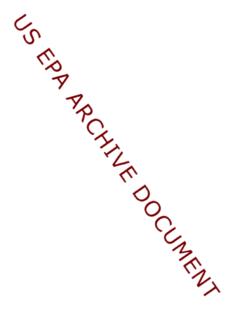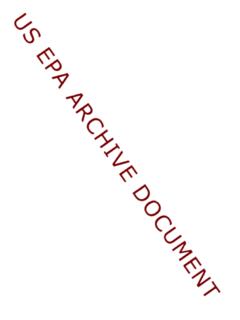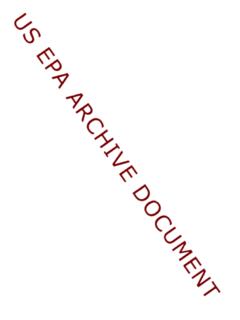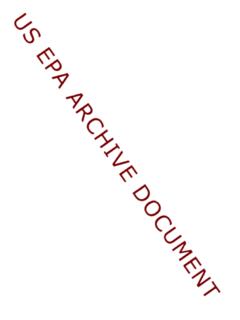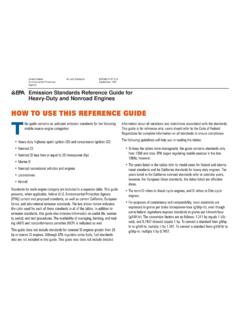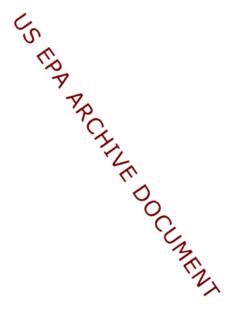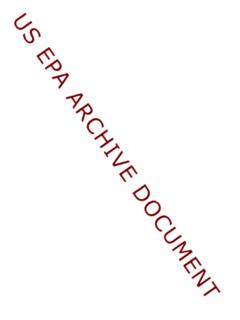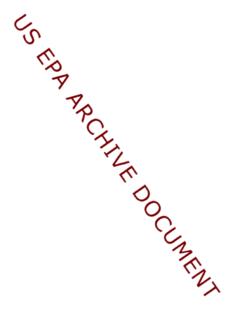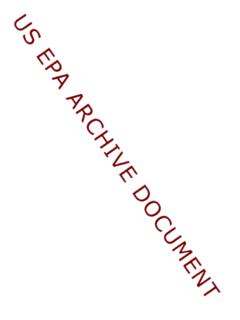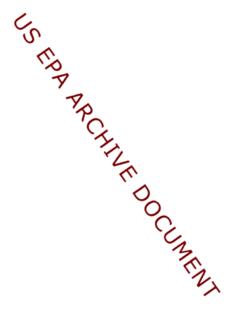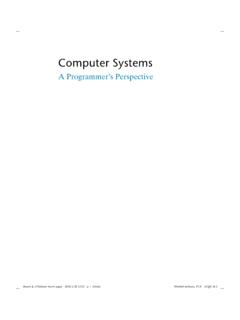Transcription of API 650 EXTERNAL PRESSURE DESIGN APPENDIX
1 API 650 external pressure design appendix . John M. Lieb, Tank Industry Consultants November, 2003. Introduction: In the near future, API will publish an APPENDIX to API 650 that will prescribe requirements for the DESIGN of tanks that operate at negative PRESSURE (or vacuum). This paper discusses: The background on the development of the new APPENDIX . Why and how did it come about? The scope of the document as defined by the Process Industry Practices group. The technical basis of the APPENDIX . Where do the rules come from? The loading conditions and combinations addressed by the APPENDIX .
2 How is EXTERNAL PRESSURE combined with roof live load and wind load, The equations and formulas that are provided for the DESIGN of tank components. What components are included? A DESIGN example to illustrate application of the DESIGN procedures. What will a typical tank subject to a significant vacuum DESIGN PRESSURE look like? Guidance for cases where tanks are subject to flooding of the dike area surrounding the tank. Background: The request that API 650 include DESIGN rules for tanks with EXTERNAL PRESSURE originated with the Process Industry Practices (PIP) group, a consortium of numerous petroleum and chemical companies.
3 In response to PIP's request, API agreed to develop the requested rules and incorporate them in an Tank Industry Consultants 1. APPENDIX to API Standard 650. An API Special Task Group was formed to develop the APPENDIX . Thus in late 1998, the Task Group began work on the APPENDIX . Fortunately, work on EXTERNAL PRESSURE DESIGN of tanks that DuPont had already compiled and implemented in an internal engineering standard was made available to the Task Group with DuPont's permission. This document, together with others that are included in the References section of the APPENDIX , proved to be a great starting point in formulating and presenting the rules for API 650.
4 Tanks. Since API 650 already states that tanks designed in accordance with the provisions of the standard can be considered adequate for EXTERNAL pressures up to 1-inch water column, PIP asked that rules be provided for EXTERNAL pressures greater than this amount. Process Industry Practices Request: The PIP request was dated April 15, 1998. The effort has taken about five and on-half years to this point. The specific Scope of Work defined for the Task Group by PIP was: This task group will develop an APPENDIX to the API Standard 650 for EXTERNAL PRESSURE DESIGN .
5 Uniform partial vacuum not to exceed one pound per square inch gage and partial submergence in near-static liquids shall be considered. Closed tanks having both supported and self-supporting roofs, anchored and unanchored, at ambient and elevated temperatures, and of both carbon steel and stainless steel construction shall be considered. Limitations such as Tank Industry Consultants 2. maximum configuration size and magnitude of EXTERNAL PRESSURE may be imposed for specific geometries, materials, and loading combinations.. The Process Industry Practices (PIP) efforts to harmonize specification requirements for storage tanks among many users revealed that there existed a need to rate such tanks for partial vacuum.
6 This need may arise from operational issues such as liquid draw down, rapidly condensing vapors, gas blanket starvation, and EXTERNAL flooding of partially evacuated tanks, in addition to vacuum processing itself. Safety and environmental regulations often require partial vacuum ratings for equipment which might see such service. There appeared to be no industry wide methodology for establishing such ratings. Technical Basis of APPENDIX : The technical bases for the provisions in the APPENDIX are derived from several well-known documents, including: DuPont Engineering Standard Stability of API 650 Tank Shells Guide to Stability DESIGN Criteria for Metal Structures ASME Code Case 2286.
7 Welding Research Council Bulletin 406. ASME Boiler & PRESSURE Vessel Code, Section VIII, Division 1. AISI Steel Plate Engineering Data The format and organization of the APPENDIX intentionally closely resembles that of the DuPont Engineering Standard. However, closer study will show differences in some equations. These Tank Industry Consultants 3. differences are typically related to nomenclature or safety factors, for example, to make the equations and results consistent with other provisions of API 650. A brief summary of the technical basis of the APPENDIX is included in the APPENDIX as are references for those who wish to better understand the technical basis.
8 Loading Conditions and Combinations: The APPENDIX will prescribe rules for designing a tank for a specified DESIGN EXTERNAL PRESSURE and will include rules for combining that specified PRESSURE with other loadings that may occur simultaneously. A recently approved change to API 650 will prescribe rules for load conditions and load combinations and will include these rules in a centralized location in the standard. The new rules are consistent with the philosophy of loading combinations adopted by the major building codes and are also consistent with API 650's level of risk of tank failure.
9 Likewise, the rules in the EXTERNAL PRESSURE APPENDIX will be consistent with the basic part of API 650 with regard to loading conditions and combinations. Thus, starting with a specified DESIGN EXTERNAL PRESSURE , roof live or snow load, and wind PRESSURE (or velocity), the total roof DESIGN PRESSURE is calculated as the greater of DL+(Lr or S) + or DL. +Pe+ (Lr or S), where DL = Dead Load. And the total shell DESIGN EXTERNAL PRESSURE is the greater of Pe, excluding wind or W+ Note that although it is not explicitly stated in the APPENDIX , DESIGN EXTERNAL PRESSURE loading should be combined with any specified seismic loading in accordance with load combination criteria prescribed in the main body of the standard.
10 Tank Industry Consultants 4. Roof, Shell & Stiffener DESIGN Equations: The APPENDIX includes, in both SI and US Customary Units, the equations necessary to calculate the following: thickness of self-supporting roofs for both conical and dome roofs thickness of shell sizes and spacing if end and intermediate circumferential stiffeners weld size for stiffener attachment welds In addition, guidance on bottom evaluation, but not prescriptive equations, is included. The APPENDIX will not include prescriptive equations for the DESIGN of column and rafter-supported cone roofs or supported dome roofs.
